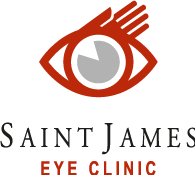Dry eyes
Dry eye is a common side effect in post -operative stage. For this reason, it is recommended that lubricating eye drops are applied to the operated eyes for a three- to six-month period. Most patients report, however, that they no longer need these eye drops for more than a month or two after surgery. Very few patients will need to put these drops for a longer period of time.
Sensitivity to light
Sensitivity to light may take a few days to resolve. Usually wearing sunglasses help and it is recommended that in the first 5 days after the procedure, sunglasses are worn even inside.
Over- and under-correction
Laser surgery-related side effects may be over- and under-correction. Over-correction means that in correcting the vision we go from minus to the plus side, which nevertheless generally evens out with time.
Infections
Infections are extremely rare, and the risk is increased during the first 5 days of the surgery when the eye has the bandage contact lens in. Practicing hand hygiene greatly reduces the risk of infections and also storing the eye drops in a clean place.
Regression of refraction
Moderate regression may occur. This occurs mostly in myopic patients who have more than 6.0 diopters of refractive error and virtually all hyperopic patients.
After excimer laser assisted refractive surgery the cornea tends to regress back toward the original refractive error. The epithelium and the deeper stroma can reshape and reform at different rates and can cause regression.
For myopic patients, regression usually occurs within the first one to three months after surgery. Hyperopic patients may experience regression for a longer period of time. In all cases, it is reasonable to expect regression to stop within the normal six month healing period.
Regression that is severe or continues to progress may be a sign of ectasia.
Ectasia
This is an extremely rare condition where the cornea bulges out reversing the intended flattening effect of the treatment, or it can lead to progressive corneal deformity with thinning and increasing curvature changes, and the cornea can develop an irregular shape. The progressive corneal deformation is called ectasia, sometime requiring collagen cross linkage or corneal transplant.
This complication may occur in 1 out of 10,000 cases.
Haze
Corneal haze tends to be caused by an aggressive wound response after surface ablation or Femolasik. In response to the “wound” of laser vision correction surgery ablation, the cornea can become clouded with white cells. Treatment is usually effective, however in very rare instances the cornea will remain scarred.



